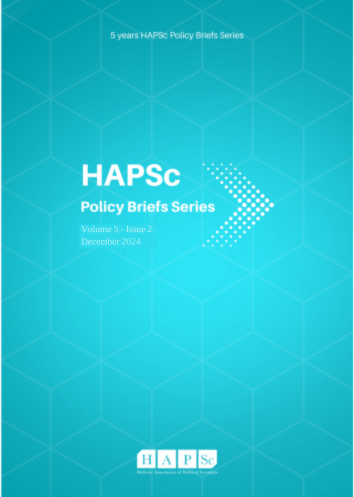Applying Foresight Methodology in Public Governance for Sustaining Resilient Cultural Heritage Management

Abstract
This report explores the integration of foresight methodology into public administration and governance, focusing on its application to the cultural heritage sector. Foresight, through tools such as scenario planning, trend analysis, and visioning, helps governments foresee future challenges, align policies with long-term goals, and plan resilient strategies. The methodology enhances decision-making by fostering long-term, inclusive planning and stakeholder collaboration. Particularly in the context of cultural heritage, foresight aids in addressing issues like climate change, technological advancements, and demographic shifts, ensuring sustainable and adaptive preservation of cultural assets. The report also discusses the practical application of foresight in projects like INT-ACT, which employs extended reality technologies to bridge past, present, and future cultural experiences. It is highly needed to integrate foresight into public governance and particularly in the cultural heritage sector, demonstrating its potential to create more robust, forward-thinking policies and strategies that are better equipped to handle complex, evolving global challenges.
Article Details
- How to Cite
-
Simitsi, I., & Tzika, E. (2024). Applying Foresight Methodology in Public Governance for Sustaining Resilient Cultural Heritage Management. HAPSc Policy Briefs Series, 5(2), 139–151. https://doi.org/10.12681/hapscpbs.40820
- Section
- Articles

This work is licensed under a Creative Commons Attribution 4.0 International License.
Authors retain copyright and grant the journal right of first publication with the work simultaneously licensed under a Creative Commons Attribution License that allows others to share the work with an acknowledgement of the work's authorship and initial publication in this journal.

